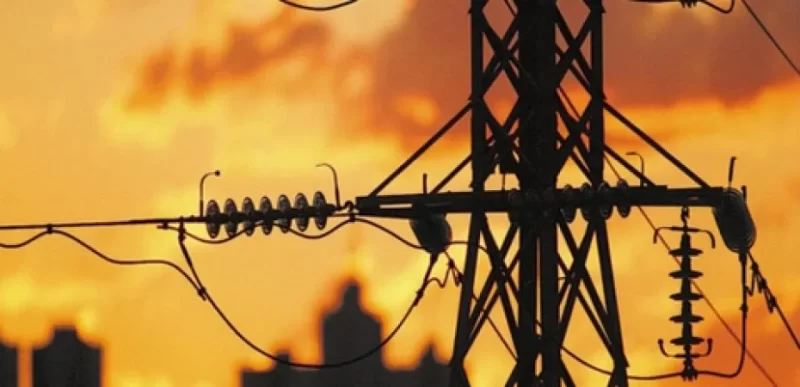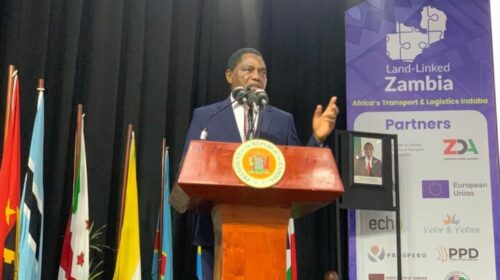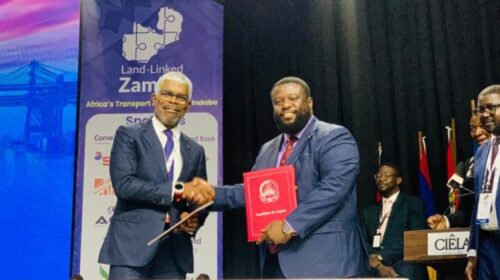Zambian Copper mines Turn to Eskom for Power Amid Severe Energy Crisis
Zambia’s largest mines are turning to an unexpected source of power as the country grapples with an unprecedented energy crisis: South Africa’s Eskom Holdings SOC Ltd. Eskom, which faced its own severe electricity deficit until March, is now providing crucial support.
The crisis in Zambia has been exacerbated by an historic drought that has crippled hydropower generation, which supplies about 85% of the country’s electricity.
As a result, households are experiencing power cuts of up to 21 hours a day, and companies like First Quantum Minerals Ltd. are forced to seek electricity beyond Zambia’s borders to keep their operations running.
The situation has worsened faster than anticipated. Zambia is nearly out of water at Kariba Dam, the world’s largest man-made reservoir, which is on the brink of a complete shutdown for the first time ever.
Additionally, maintenance issues at the country’s sole coal-fired power plant have intensified the crisis.
“Power imports from Eskom, which were not previously anticipated, are helping mitigate the impact of this shortfall,” said Anthony Mukutuma, a director at First Quantum’s Zambian unit. “We expect our power supply to remain uninterrupted.”
Since August, Eskom’s transmission unit has been supplying Zambia with 250 megawatts of power, accounting for over 10% of the country’s usual demand.
Plans are underway to double this supply within a month through a new agreement facilitated by Africa GreenCo, a regional electricity trading company.
The government’s recent policy changes allowing open access to power-transmission lines have enabled businesses, including mines, to source their own energy. Previously, the grid was controlled exclusively by the state-owned Zesco Ltd.
First Quantum, which represents about half of Zambia’s copper output and operates the continent’s largest nickel mine, is a significant consumer of electricity.
The mining sector typically accounts for about 50% of the country’s power demand. However, with the current generation capacity at just 1,019 megawatts, down from the usual 3,777 megawatts, the industry is facing substantial challenges.
To mitigate the impact on the mining sector, which generates around 70% of Zambia’s export earnings, the government has implemented measures to protect this critical industry.
Despite this, Zesco has imposed emergency restrictions, limiting mine power supplies to 40% of normal levels. Operators are thus turning to more expensive regional power sources to bridge the gap.
There is hope for relief as forecasts predict normal to above-normal rains beginning in October, which could benefit the Kariba reservoir.
Additionally, a new gas-fired power plant in Mozambique is expected to contribute 450 megawatts to the regional grid by early 2025.
Nevertheless, Zesco anticipates a continued power deficit through the end of 2024, potentially impacting Zambia’s economic growth, which the government had projected to slow to 2.3% this year.
216 total views , 1 views today





